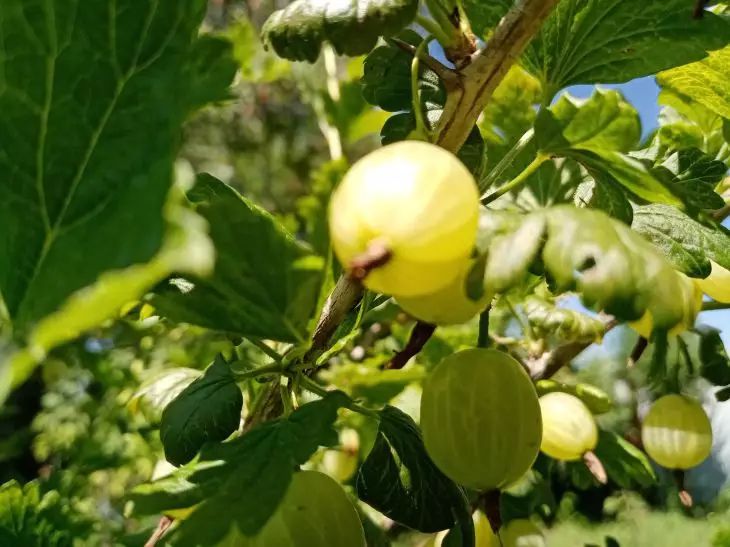Gooseberry is a berry bush that can be found in almost every garden.
To collect a large harvest of juicy and large berries, you need to know simple rules of care.
Gooseberry Care
The plant loves lots of sun and will grow well in a wind-protected area.
Loam, slightly acidic and clay soils are suitable for gooseberries. But they need to be well fertilized and, if necessary, deoxidized with dolomite flour or lime: 250 g per square meter.
You can start caring for gooseberries in April, when the snow has not yet melted, by spraying them with boiling water to prevent the activation of harmful insects.

Watering is carried out with warm, settled water in well-loosened soil 2 times every 7 days.
In order for gooseberries to grow well and the harvest to please, you cannot do without additional feeding. If the soil in the garden is fertile, then the first 2 years you can do without phosphorus-potassium fertilizers.
During subsequent planting, you will have to add mullein, urea, saltpeter and superphosphates, as well as ash.
How to fertilize gooseberries
In spring, fertilizers will come in handy, which will help the plant accumulate strength for vegetation and the formation of buds.
The fertilizer should contain nitrogen. Gooseberries are fed twice.
The first time, top dressing is carried out in March or April before the buds open: compost or rotted manure is scattered onto the thawed soil.
Young plants will gladly accept this fertilizer: 10 g of urea per 5-7 g of saltpeter. After applying the fertilizer, the soil is mulched with peat.
The second feeding is carried out in May, when flowering should begin. At this time, compost and rotted manure will come in handy: up to 5 kg under each bush.








